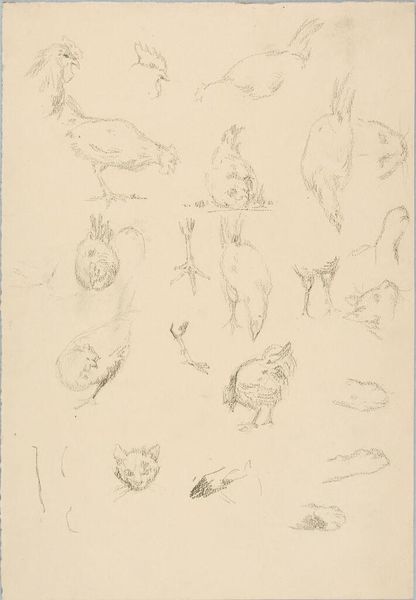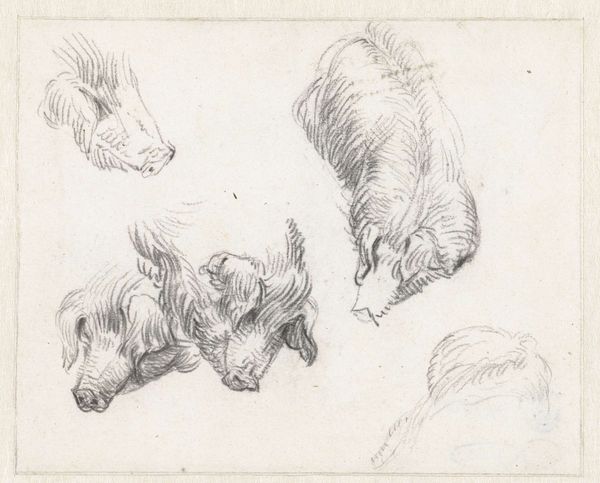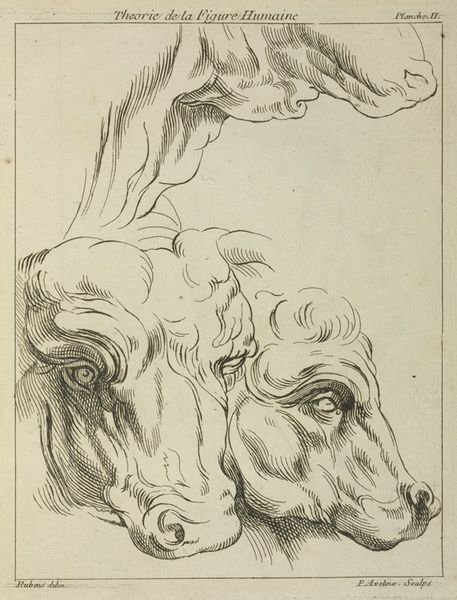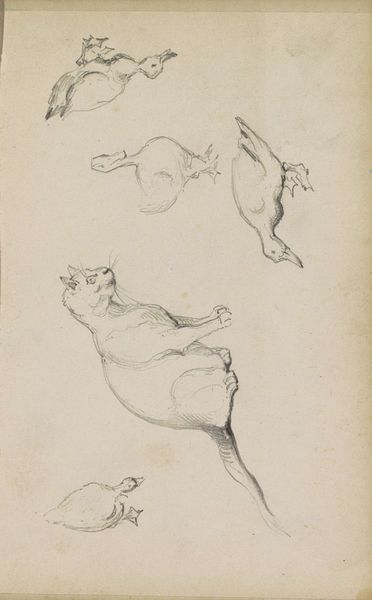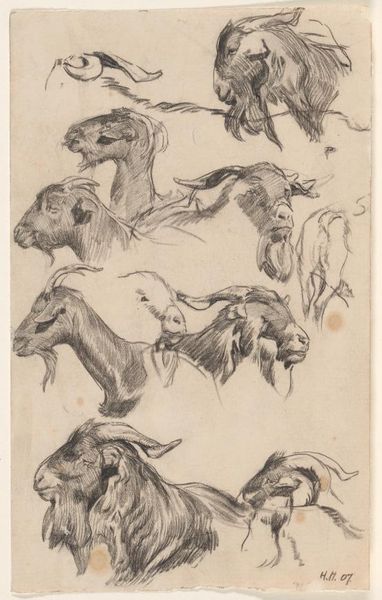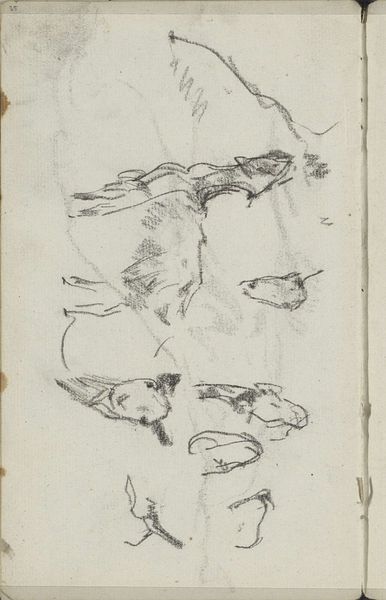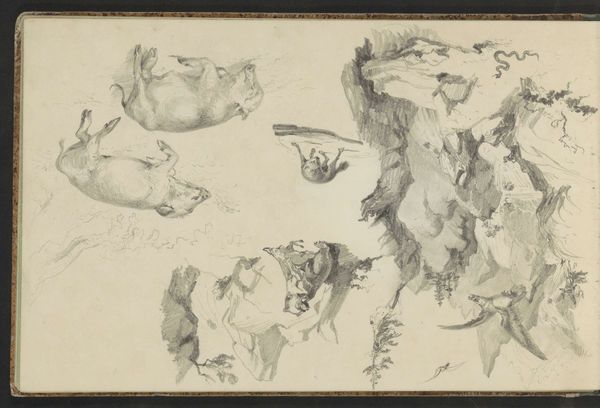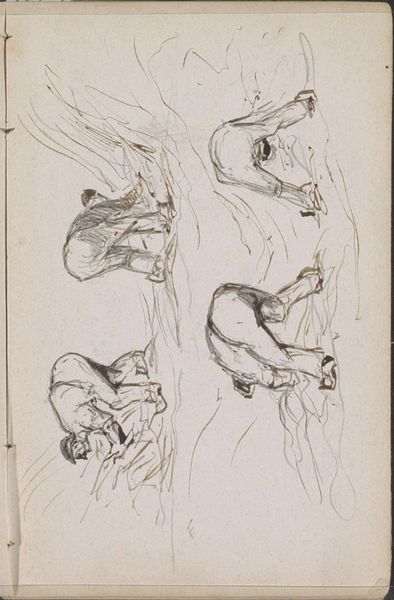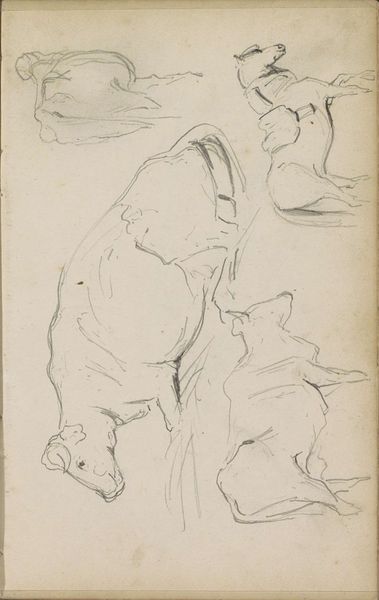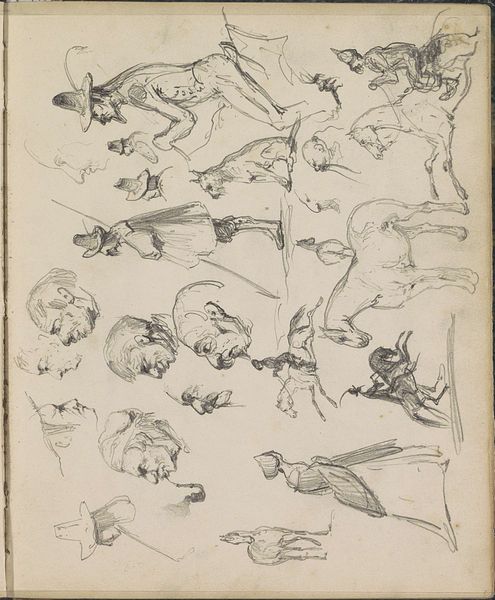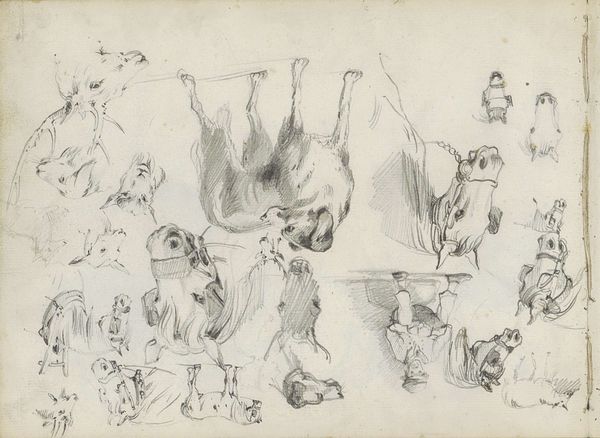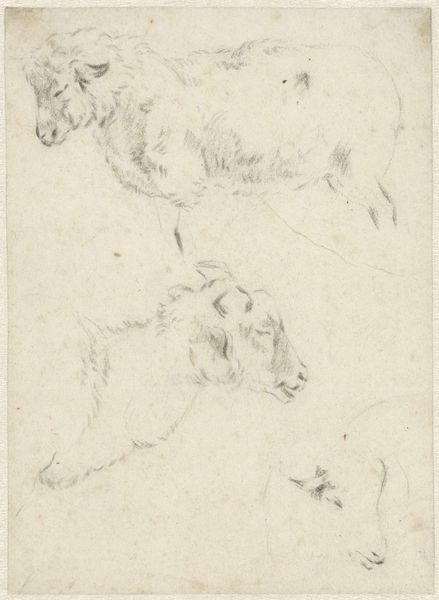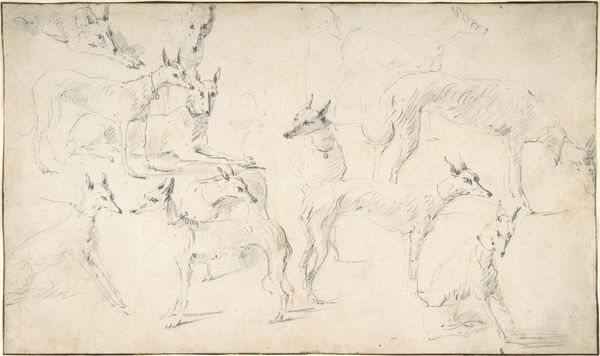
drawing, pencil
#
drawing
#
animal
#
landscape
#
figuration
#
pencil drawing
#
pencil
#
realism
Copyright: Public Domain: Artvee
Editor: This is Eugène Delacroix's "Studies of Animals," likely created between 1810 and 1863. It's a pencil drawing showing several sketches of different animals, mostly canines and big cats. I'm struck by how dynamic the poses are, despite being relatively quick sketches. How would you interpret this work within the context of Delacroix's career? Curator: It's essential to understand the role of the academy and its influence on artists like Delacroix. The academy heavily promoted history painting. Yet, the Romantic artists, like Delacroix, pushed against such traditions. These animal studies are most likely from nature; artists did a lot of copying, both after antique art and life itself, in academic artistic training. Delacroix likely used them as reference material for his larger, history-based paintings. They allowed him to incorporate accurate, lifelike representations into often quite idealized scenarios, grounding his visions in something relatable. Editor: So, this wasn't necessarily considered fine art at the time but rather a preparatory study? Curator: Precisely. Drawings like these reflect an interesting interplay between artistic skill, observation, and the public function of art at that time. To truly wow the public, academic and history paintings needed accuracy to feel moving or educational. It reminds us that what we display in museums now isn’t always what was celebrated when the art was produced! How does that perspective influence your viewing? Editor: It shifts my perspective completely. I am now considering these sketches as an integral part of Delacroix’s process, linking him to both artistic tradition and, via its eventual presentation and interpretation in our time, an experimental drive toward realism. It gives the end result additional texture. Curator: Exactly. By exploring the history and social context of art production, we understand how artistic value can evolve and gain further historical texture across generations.
Comments
No comments
Be the first to comment and join the conversation on the ultimate creative platform.
